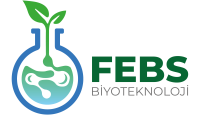Sericin
In the making of the silk cocoon by Bombyx mori, the silkworm, its metamorphosis consists of two structures called fibroin and sericin. While the production of fascinating silk fabrics is possible with a thread-like structure called fibroin, sericin creates the structure that gives strength to the cocoon.
Sericin which has a strong tendency towards keratin and in cosmetic use it also creates a moisturising, protective and anti-wrinkle thin layer.
Sericin has a water soluble glycoprotein structure. The high hydroxy amino acid content (about 46%) indicates the water binding capacity that regulates the moisture content of the skin. Due to its high molecular weight, it provides a homogenous film layer on the skin’s surface. This durable semi-sealant film does not disappear even after washing and protects the skin from harmful environment factors.
Sericin has a great tendency towards hair and skin, which is formed from keratin tissue like itself, and it increases the capacity to stretch by wrapping from the root to the tip of the hair. It assists hair to grow faster and healthier. It repairs the worn barrier tissue with the film layer that it forms on the skin’s surface. It protects the skin against UV and other environmental influences. The texture with increased defensive strength renews itself more comfortably, gaining a bright, energetic look.
Today, the silk protein ‘sericin’ is used as an exclusive component in all high quality cosmetic products.
